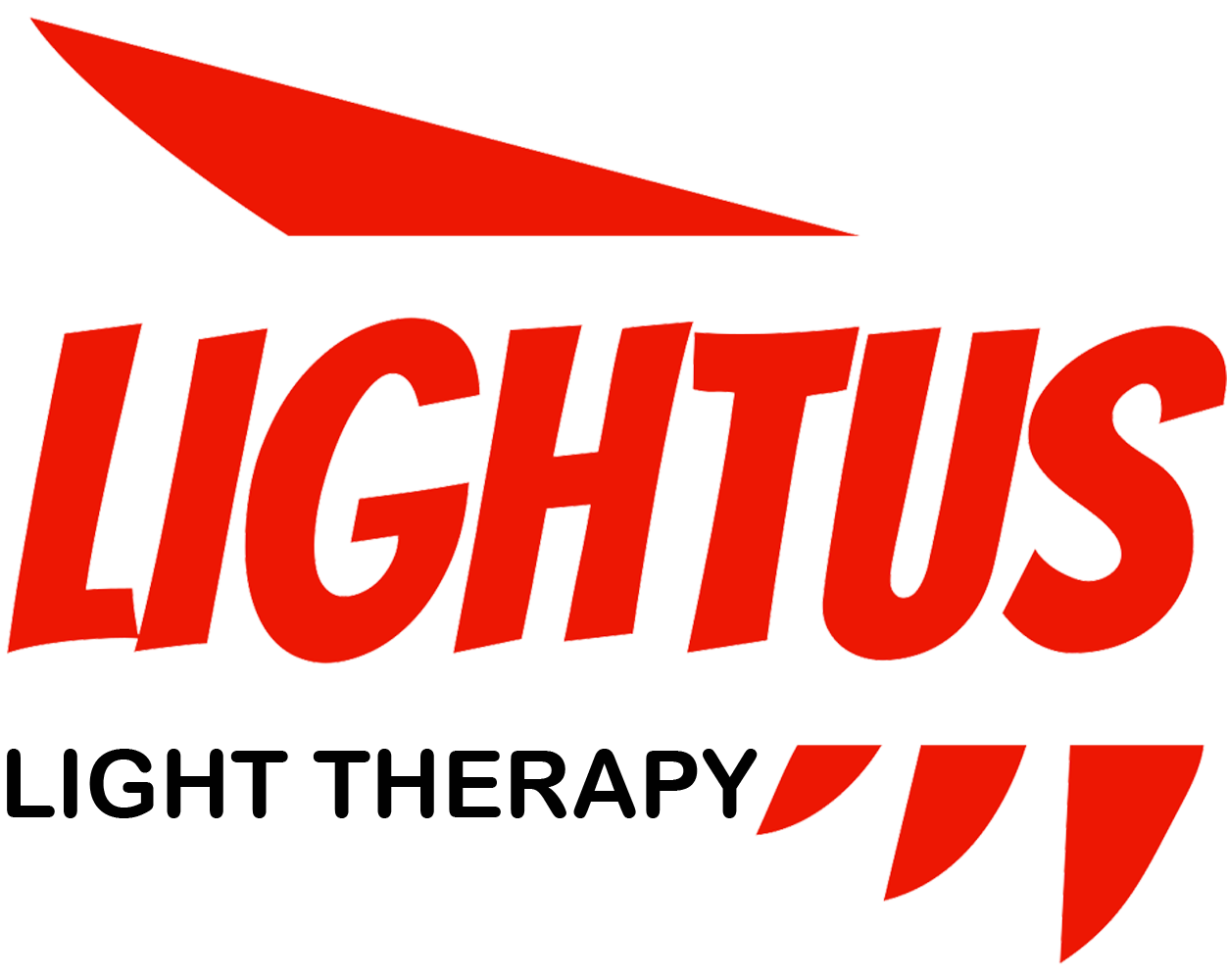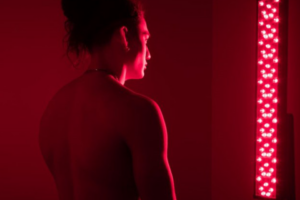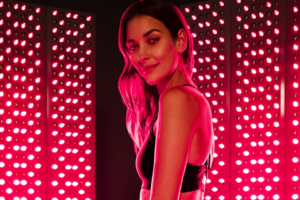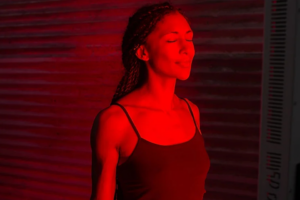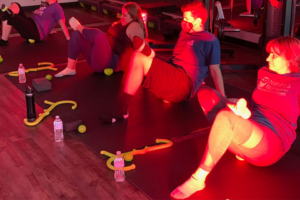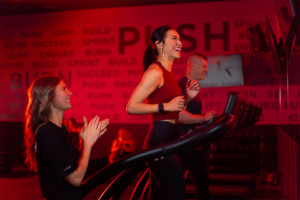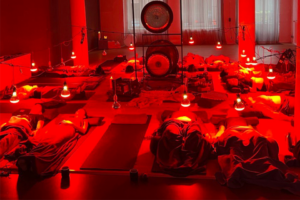Red Light Therapy: A Revolutionary Approach to Soothing Achy Muscles

Are you tired of dealing with persistent muscle aches and pains? Red light therapy might be the solution you’ve been searching for. This innovative treatment has gained popularity for its potential to alleviate muscle soreness, reduce inflammation, and promote faster recovery. In this comprehensive guide, we’ll explore how red light therapy can help soothe your achy muscles and why it’s worth considering as part of your wellness routine.
Table of Contents
What is Red Light Therapy and How Does It Work?
Red light therapy, also known as photobiomodulation or low-level light therapy, is a non-invasive treatment that uses specific wavelengths of red and near-infrared light to stimulate cellular processes in the body. But how exactly does this therapy work to alleviate muscle pain?The key lies in the interaction between light and our cells. When red and near-infrared light penetrates the skin, it’s absorbed by the mitochondria – the powerhouses of our cells. This absorption triggers a series of biochemical reactions that can lead to increased energy production, improved cellular function, and enhanced tissue repair.For muscle recovery specifically, red light therapy can:
- Increase blood flow to the affected area
- Reduce oxidative stress
- Stimulate the production of ATP (adenosine triphosphate), which provides energy for cellular processes
- Promote the release of nitric oxide, a molecule that helps relax blood vessels and reduce inflammation
These effects combine to create an environment conducive to muscle healing and pain relief.
The Science Behind Red Light Therapy for Muscle Recovery
Numerous studies have investigated the efficacy of red light therapy for muscle recovery. A systematic review published in the Journal of Athletic Training found that red light therapy can significantly reduce muscle soreness and improve muscle function after exercise.Another study in the Lasers in Medical Science journal demonstrated that red light therapy applied before high-intensity exercise could reduce muscle damage and inflammation, leading to faster recovery times.These findings suggest that red light therapy could be a valuable tool for athletes, fitness enthusiasts, and anyone looking to alleviate muscle soreness and improve recovery.
How Can Red Light Therapy Help with Inflammation and Pain?
Inflammation is a natural response to injury or overuse, but chronic inflammation can lead to persistent pain and delayed healing. Red light therapy has shown promising results in reducing inflammation and alleviating pain.The anti-inflammatory effects of red light therapy are attributed to its ability to:
- Modulate inflammatory mediators
- Reduce oxidative stress
- Enhance blood circulation
- Stimulate the production of anti-inflammatory substances
By addressing inflammation at the cellular level, red light therapy can help break the cycle of chronic pain and promote faster healing.
What Are the Benefits of Red Light Therapy for Muscle Recovery?
The benefits of red light therapy for muscle recovery extend beyond just pain relief. Here are some key advantages:
- Faster recovery times
- Reduced muscle fatigue
- Improved muscle performance
- Enhanced muscle growth and repair
- Decreased risk of injury
- Non-invasive and drug-free treatment option
These benefits make red light therapy an attractive option for athletes, fitness enthusiasts, and individuals dealing with chronic muscle pain.

How to Use Red Light Therapy for Achy Muscles
Using red light therapy for muscle recovery is relatively straightforward, but it’s essential to follow some guidelines for optimal results:
- Choose the right device: Look for a red light therapy device that offers both red (660nm) and near-infrared (850nm) wavelengths for deeper tissue penetration.
- Determine the treatment area: Focus the light on the specific muscle group experiencing pain or soreness.
- Set the distance: Position the device about 6-12 inches away from your skin for optimal light absorption.
- Time your sessions: Start with 10-15 minute sessions and gradually increase to 20-30 minutes as needed.
- Consistency is key: For best results, use red light therapy 3-5 times per week.
- Combine with other recovery methods: Red light therapy can be used in conjunction with stretching, massage, and proper nutrition for enhanced recovery.
Are There Any Risks or Side Effects of Red Light Therapy?
Red light therapy is generally considered safe with minimal side effects. However, it’s essential to be aware of potential risks:
- Eye strain: Always wear protective goggles when using red light therapy devices.
- Skin sensitivity: Some individuals may experience temporary redness or warmth in the treated area.
- Photosensitivity: Certain medications can increase sensitivity to light. Consult your doctor if you’re taking any photosensitizing drugs.
It’s always best to consult with a healthcare professional before starting any new treatment regimen, especially if you have pre-existing medical conditions.
Can Red Light Therapy Be Used at Home?
Yes, red light therapy can be safely used at home with the right equipment. Many companies now offer portable red light therapy devices designed for home use. These range from handheld devices to larger panels suitable for treating larger muscle groups.When choosing a home device, consider factors such as:
- Light intensity and wavelength
- Treatment area size
- Ease of use
- Safety features
- Brand reputation and customer reviews
Investing in a quality home device can provide convenient access to red light therapy whenever you need it.
How Does Red Light Therapy Compare to Other Muscle Recovery Methods?
While red light therapy has shown promising results, it’s natural to wonder how it stacks up against other muscle recovery methods. Let’s compare:
- Massage: Both can reduce muscle soreness, but red light therapy may offer deeper tissue penetration and additional cellular benefits.
- Ice therapy: While ice can reduce inflammation, red light therapy may promote healing without the potential drawbacks of ice (such as reduced blood flow).
- Heat therapy: Red light therapy offers similar benefits to heat (increased blood flow) without the risk of burns or overheating.
- NSAIDs: Red light therapy provides a drug-free alternative for pain relief, potentially avoiding side effects associated with long-term NSAID use.
- Stretching: Combining red light therapy with stretching may enhance flexibility and reduce the risk of injury.
While each method has its place, red light therapy offers a unique combination of pain relief, inflammation reduction, and cellular regeneration that makes it a valuable addition to any recovery routine.
What Do Experts Say About Red Light Therapy for Muscle Recovery?
Many health and fitness professionals are incorporating red light therapy into their practice. Dr. Michael Hamblin, a Harvard Medical School researcher and world-renowned photobiomodulation expert, states:
“There is a lot of evidence that red and near-infrared light can reduce inflammation, reduce oxidative stress, and stimulate healing and tissue repair.”
Similarly, Dr. Rhonda Patrick, a biomedical scientist and expert in nutritional health, has discussed the potential benefits of red light therapy for muscle recovery and overall health on her podcast and in various interviews.While more research is needed to fully understand the extent of red light therapy’s benefits, many experts are optimistic about its potential in sports medicine and rehabilitation.
Conclusion: Is Red Light Therapy Worth Trying for Achy Muscles?
Based on the current evidence and expert opinions, red light therapy appears to be a promising treatment option for achy muscles. Its ability to reduce inflammation, alleviate pain, and promote faster recovery makes it an attractive choice for athletes, fitness enthusiasts, and anyone dealing with muscle soreness.Key takeaways:
- Red light therapy can help reduce muscle soreness and inflammation
- It may accelerate muscle recovery and improve performance
- The treatment is non-invasive and has minimal side effects
- Home devices are available for convenient use
- While more research is needed, initial studies and expert opinions are positive
If you’re struggling with persistent muscle aches or looking to enhance your recovery routine, red light therapy might be worth exploring. As always, consult with a healthcare professional before starting any new treatment regimen to ensure it’s appropriate for your individual needs.
Red light therapy being applied to soothe achy back muscles
